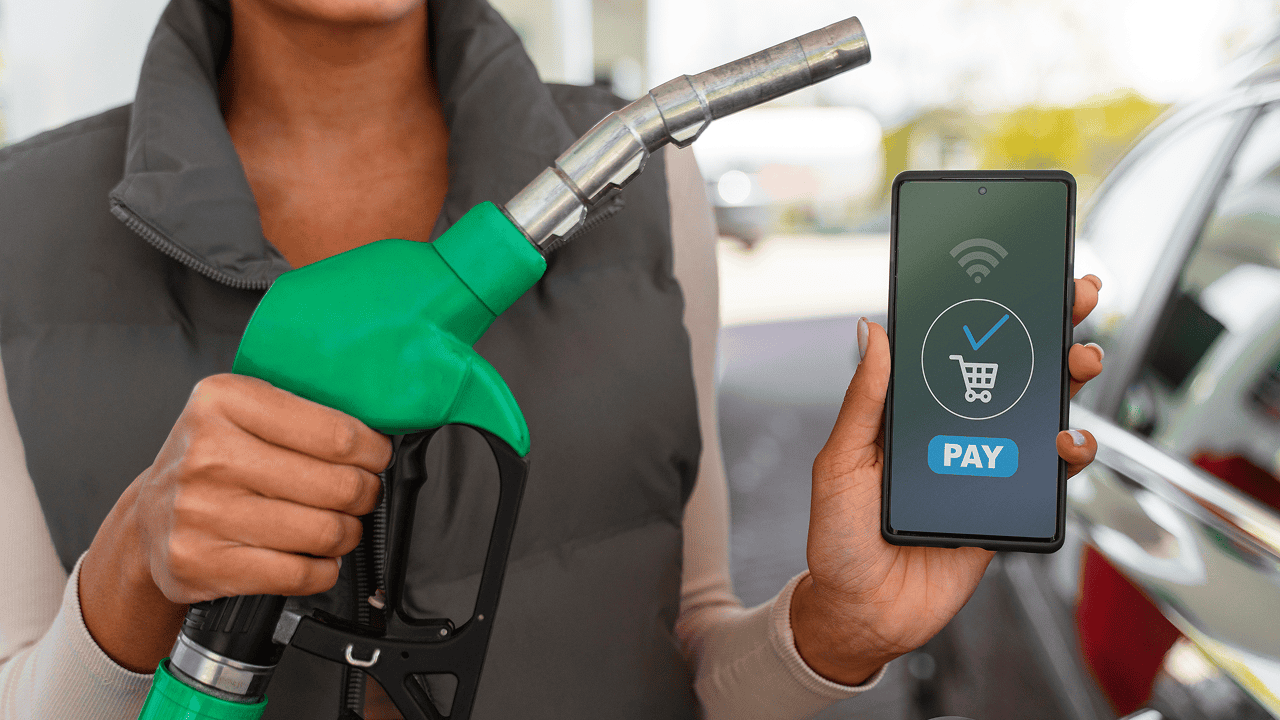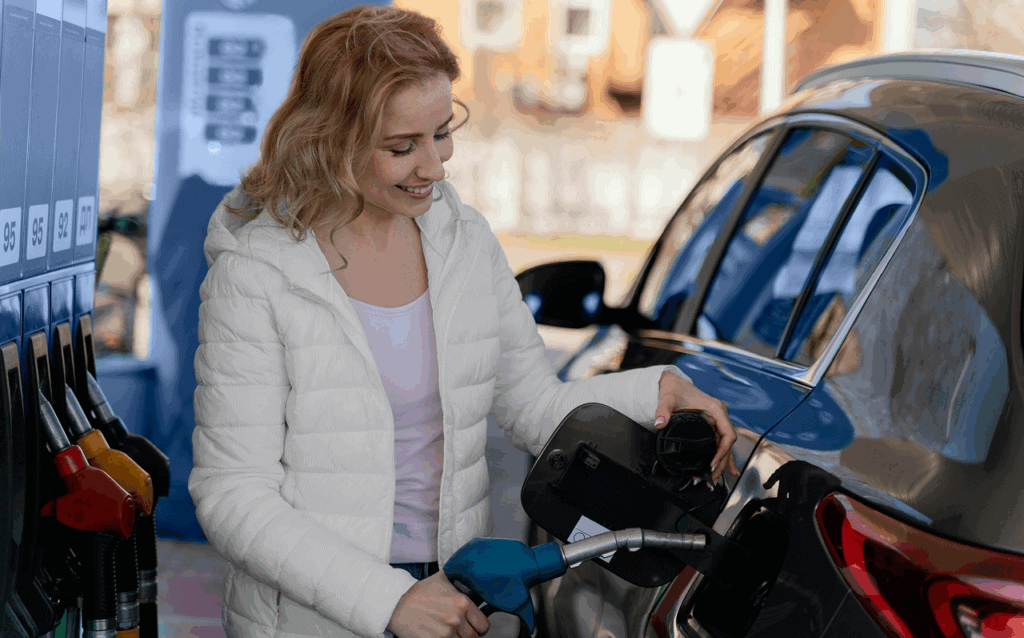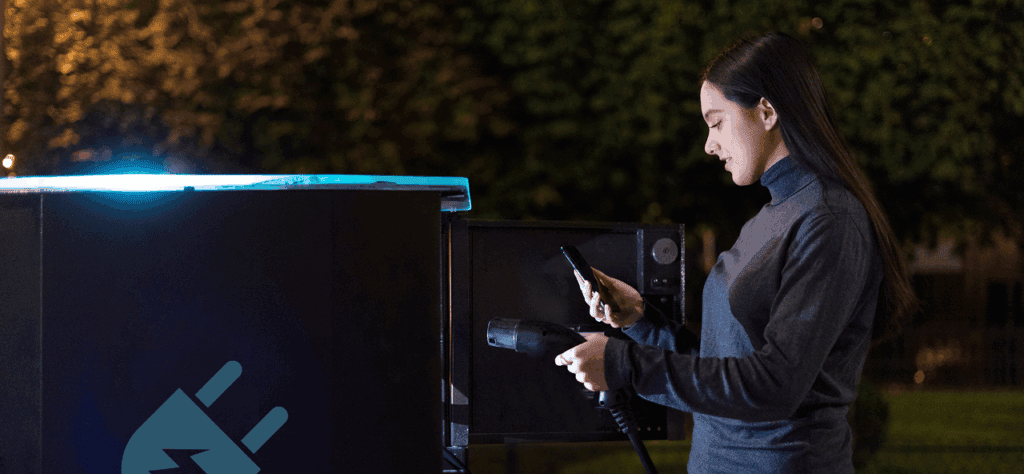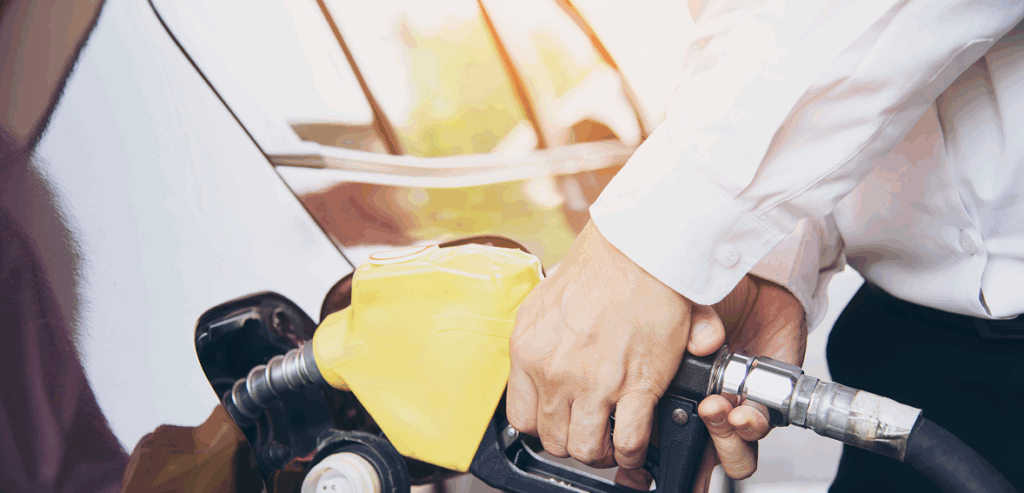
By Emelia Parsons July 10, 2025
The convenience store industry has long been shaped by one central factor: speed. Nowhere is that more evident than in how customers pay for fuel. Over the years, pay-at-the-pump systems have become a defining feature of modern fueling stations. They offer consumers the ability to fill up and move on without stepping foot inside the store, changing the game for both time-conscious drivers and operators.
But as customer expectations continue to rise and digital transformation reshapes retail, pay-at-the-pump technology is no longer just a convenience. It’s a necessity. And among the leaders setting the pace are Fuelkeepers—operators and brands that embrace innovation in fueling technology, customer experience, and integrated payments.
The Rise of Pay-at-the-Pump in Fuel Retailing
Pay-at-the-pump technology first gained traction in the late 1980s and early 1990s, offering a novel solution for fuel-only customers. Rather than walking inside, waiting in line, and paying at the counter, drivers could simply swipe a card and pump gas directly.

Changing Customer Behavior
This shift in transaction flow fundamentally changed how customers interacted with C-stores. What was once a high-traffic moment for upselling coffee, snacks, or car products turned into a more isolated experience. While this meant fewer footfalls in stores, it also improved customer satisfaction by eliminating long waits.
Over time, the convenience of pay-at-the-pump became a standard expectation. Now, customers assume they can pay without delay, and any station lacking this feature feels outdated.
Technology Becomes the Norm
Today’s pay-at-the-pump systems go far beyond simple card swipes. They include touchscreens, contactless payment options, mobile app integration, and even loyalty rewards. Modern consumers value speed, but they also want security, digital flexibility, and seamless experiences. For this reason, outdated pumps or slow interfaces risk frustrating customers and pushing them toward competitors.
What Sets Fuelkeepers Apart in the Industry

“Fuelkeepers” refers to the forward-thinking operators and brands in the fuel retail space that are constantly raising the bar. These are not just store owners with pumps. They are customer-focused, technology-led, and experience-driven businesses who recognize that fueling is more than a transaction—it’s a chance to build loyalty.
Investing in Smart Technology
Fuelkeepers consistently invest in pump upgrades that enable contactless payments, EMV chip compliance, and even mobile wallet compatibility. They understand that the pump is not just a fuel dispenser but a customer touchpoint that reflects the brand’s overall quality.
Smart pumps often include high-definition screens that offer weather updates, store promotions, or even tailored offers based on loyalty data. These features keep the customer engaged and can drive cross-sell opportunities when done right.
Loyalty Program Integration
One major distinction is the way Fuelkeepers seamlessly integrate loyalty programs at the pump. Instead of requiring customers to swipe a separate card or enter a phone number manually, loyalty details are often tied to mobile apps or recognized via contactless identifiers.
This integration ensures that every transaction adds value to the customer’s experience, increasing the chances of repeat visits and brand stickiness.
Customer Experience at the Pump: More Than Just Speed
The modern fueling experience is about more than getting in and out quickly. Fuelkeepers have recognized that customers also care about cleanliness, interface clarity, and payment security. These subtle factors make a big difference in how a customer perceives the business.
User-Friendly Interfaces
A clunky interface can ruin an otherwise fast process. Fuelkeepers invest in intuitive screens, large buttons, and clear instructions that work even in harsh weather or low visibility. When customers know exactly what to do and can do it without frustration, they’re far more likely to return.
Safety and Clean Environments
Clean pump areas, well-lit lots, and working card readers may seem basic, but they signal professionalism and care. Customers want to feel safe, especially when fueling at night. Fuelkeepers ensure that stations are always maintained and monitored, enhancing customer trust.
Mobile Payments and Contactless Solutions at the Pump
One of the biggest evolutions in recent years is the introduction of mobile and contactless payment options at the pump. As customers grow more comfortable using smartphones and digital wallets, the ability to tap and pay has become a must-have feature.

How Contactless is Changing the Game
Contactless payments are not just faster. They’re safer and more hygienic, especially after the global health concerns raised during the pandemic. Drivers appreciate not needing to touch shared surfaces, making the entire experience more comfortable.
Fuelkeepers often enable NFC technology, QR code payments, and mobile app checkouts right at the pump. This adds speed while keeping customer data secure through tokenized transactions.
Mobile App Check-In and Pay
Some Fuelkeepers allow customers to check in via mobile app, select the pump number, and activate fueling—all without inserting a card. Once done, the receipt is emailed or stored in the app. This digital-first experience eliminates friction and adds convenience, especially for loyal users who fuel frequently.
Security Upgrades: Fighting Fraud and Skimming Devices
Security is a major concern in the pay-at-the-pump landscape. Card skimming at gas stations has long been a problem, costing businesses and customers money and trust. Fuelkeepers are leading the charge in implementing anti-fraud technologies.
EMV Compliance at the Pump
Fuel retailers were given extended deadlines to install EMV-compliant terminals at the pump. These chip-reading systems help combat card fraud by making data harder to clone. Fuelkeepers who have made this switch are better protected and offer more peace of mind to customers.
As card issuers shift liability to businesses without EMV capabilities, failing to upgrade puts C-store operators at risk. Fuelkeepers avoid this issue by staying ahead of compliance standards.
Tamper Detection and Video Monitoring
Some Fuelkeepers go even further by installing tamper-proof pump panels and adding discreet surveillance at the pump. These measures not only deter criminal activity but also serve as evidence in case of disputes or fraud claims.
In-Pump Advertising and Upselling Opportunities
Although pay-at-the-pump was once seen as a threat to in-store sales, Fuelkeepers have turned it into a marketing channel. Newer pump screens can display offers, promotions, or even weather-based product suggestions.

Targeted Promotions
By syncing in-pump systems with loyalty programs and purchasing history, businesses can offer targeted promotions. For instance, a customer who regularly buys coffee in the morning could receive a discount offer on their next visit if they fuel up during certain hours.
Encouraging Store Visits
Fuelkeepers often use pump screens to promote in-store deals. A well-timed offer—like a free coffee with a fuel purchase—can be enough to prompt a quick trip inside. This not only increases basket size but also creates a more integrated customer experience.
The Future of Pay-at-the-Pump: Beyond Just Fuel
As digital innovation continues, the possibilities for expanding pump-based interactions are growing. Fuelkeepers are already experimenting with cross-industry integrations that go far beyond gas.
Subscription Models and Prepaid Packages
Some innovative retailers now offer prepaid fuel packages or subscription services through apps. This model works well for fleet customers or frequent drivers. It also opens doors to more predictable revenue streams for businesses.
These services are activated through the app and can be redeemed at the pump, making the transaction effortless.
Pump-to-Curbside Integration
Forward-thinking Fuelkeepers are also linking fuel payments to curbside pickup for store items. A customer fueling up might be able to order snacks, beverages, or groceries from their phone and have them brought out by the time they finish pumping. This type of convenience has the potential to redefine what a C-store really is.
Lessons for C-Store Operators Ready to Evolve
So, what can traditional C-stores learn from these industry leaders? The short answer is plenty. The key takeaways center around technology adoption, customer engagement, and operational efficiency.

Upgrade with Purpose
Investing in new pump hardware or software is not just about aesthetics. It’s about meeting modern expectations. If your pay-at-the-pump experience feels slow or outdated, it may be time to consider upgrades that support EMV, contactless, and loyalty integrations.
Make the Pump an Extension of Your Brand
Treat the fuel pump as a customer engagement zone, not just a dispenser. Use it to build loyalty, promote offers, and reinforce your brand’s value. Fuelkeepers are successful because they think of the pump as part of the total experience.
Train Staff on the Entire Experience
Customer interaction does not stop at the pump. Ensure that staff are trained to assist with digital payments, mobile app issues, and loyalty program questions. A seamless experience begins with capable support.
Conclusion: The Fuelkeeper Approach to the Future

The evolution of pay-at-the-pump is far from over. As customers continue to prioritize speed, safety, and digital convenience, convenience stores must adapt. Fuelkeepers show us what is possible when technology, user experience, and business goals align. From advanced pump terminals and mobile integrations to loyalty-driven offers and anti-fraud systems, these operators are redefining what it means to offer a modern fueling experience. Their success stems from a willingness to evolve—and a clear understanding that even a few seconds at the pump can shape long-term customer loyalty. C-stores looking to remain competitive need to see the pump not just as a transaction point, but as a strategic asset. By learning from Fuelkeepers and embracing the tools that enhance pay-at-the-pump experiences, convenience retailers can position themselves for long-term growth in a rapidly changing landscape.